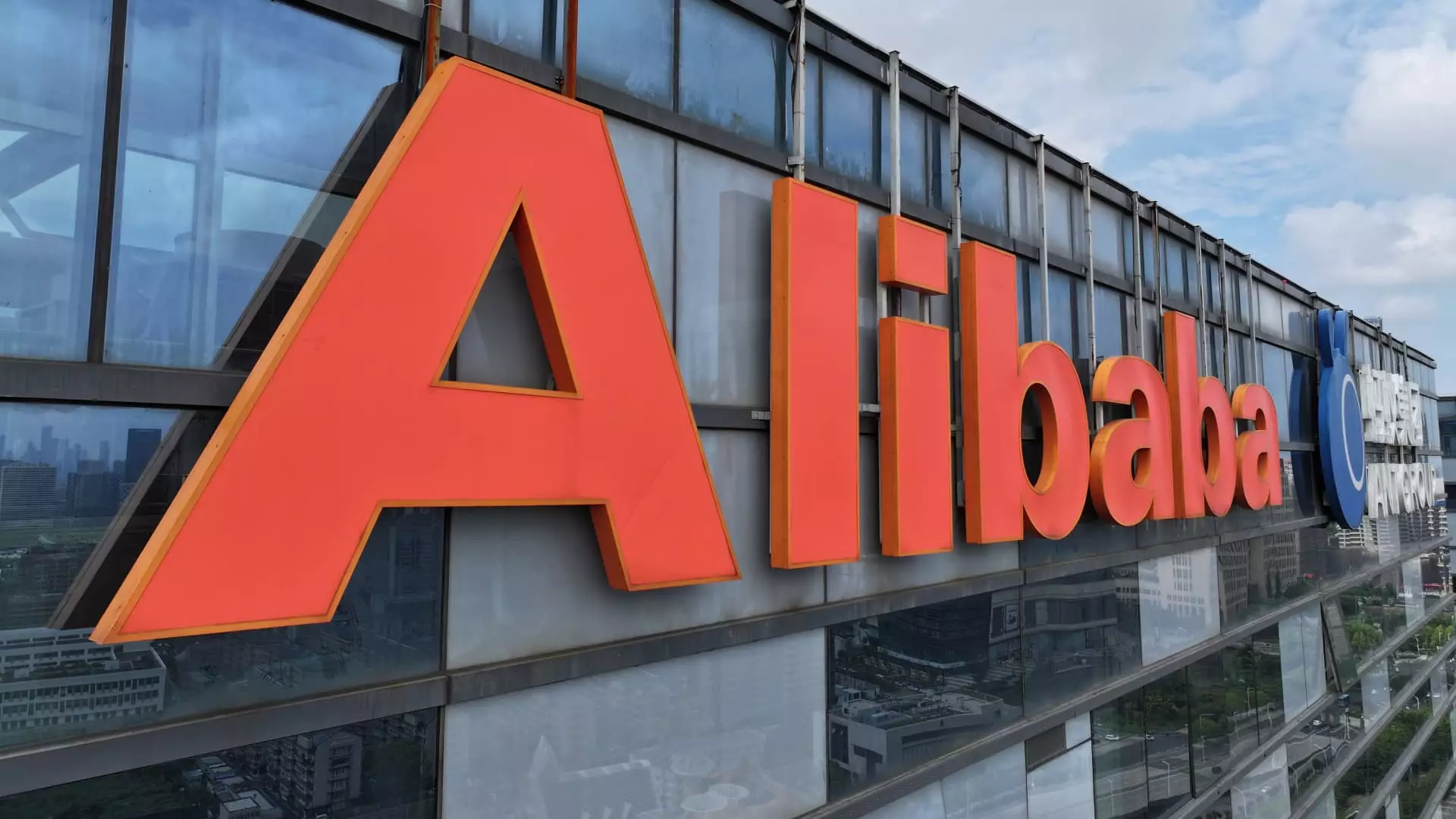In a significant turn of events, Alibaba has successfully navigated a rigorous three-year “rectification” process mandated by Chinese regulators, following a substantial antitrust fine in 2021. The State Administration for Market Regulation (SAMR) revealed on a recent Friday that Alibaba has demonstrated compliance with new antitrust rules, marking an important milestone for the company. This article delves into the implications of this conclusion for Alibaba, the competitive landscape in China’s technology sector, and the broader context of regulatory interactions between the state and private enterprises.
The journey commenced in 2021 when Alibaba faced a staggering fine of 18.23 billion yuan (approximately $2.6 billion) after the SAMR launched an investigation into monopolistic practices, particularly focusing on the infamous “choose one of two” policy. This practice compelled merchants to ally exclusively with either Alibaba or rival platforms, severely limiting their operational freedom and hindering fair competition. The authorities deemed this policy detrimental, as it significantly bolstered Alibaba’s market position while undermining competitors, resulting in an entrenched monopolistic environment.
In response to these findings, Alibaba embarked on a compliance journey, a process closely monitored by the SAMR. The conclusion of this effort suggests that Alibaba has not only reformed its operations by ceasing anti-competitive practices but has also embraced an operational approach conducive to fair competition. The SAMR’s announcement about replacing coaxing with guidance indicates a shift toward a potentially more cooperative regulatory environment, marking a pivotal change in the relationship between one of China’s tech giants and state regulators.
Following this development, Alibaba’s stock witnessed a notable uptick, rising 4.37% in premarket trading in the United States. Analysts, including those at Jefferies, have characterized this turn of events as a “positive” outcome that paves the way for Alibaba to embark on a new chapter. The easing of regulatory scrutiny represents not only a relief for Alibaba but also potential encouragement for other technology companies previously under strict watch. However, the road ahead will likely remain bumpy as the landscape of e-commerce in China becomes increasingly competitive.
Despite favorable signals from regulators, Alibaba faces the dual challenge of rekindling growth in a volatile economic environment and navigating a marketplace marked by rising competition from other digital platforms. As consumer sentiment remains cautious, driven by economic uncertainties, Alibaba’s ability to innovate and adapt could prove crucial for its revival and ongoing success.
This turn of events signifies a change in the regulatory approach towards technology firms in China. The stringent crackdowns initiated at the end of 2020 underscored Beijing’s intent to restrain the powerful tech sector, imposing various regulations that affected everything from antitrust practices to digital finance. Recently, however, there appear to be signs of a softening stance, suggesting a recognition of the importance of a flourishing private tech sector in driving innovation and economic growth. This balancing act aims to bring market efficiency without stifling entrepreneurial spirit, as evidenced by Alibaba’s rectification conclusion.
The resolution of Alibaba’s regulatory challenges offers a glimpse of hope not only for the e-commerce titan itself but also for other players in China’s tech ecosystem. As Alibaba resumes normal operations with fewer regulatory shackles, it is presented with an opportunity to rejuvenate its market position. The path to recovery is expected to hinge on strategic innovations, responsiveness to market demands, and an unwavering commitment to ethical business practices.
The completion of Alibaba’s compliance process represents a crucial moment, potentially emblematic of a broader trend in China’s approach to regulating its tech giants. As Alibaba revitalizes its operations, the ongoing evolution of regulatory frameworks will significantly shape the future of the digital marketplace, with ramifications that could resonate throughout the global tech landscape.


Leave a Reply